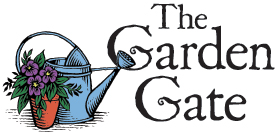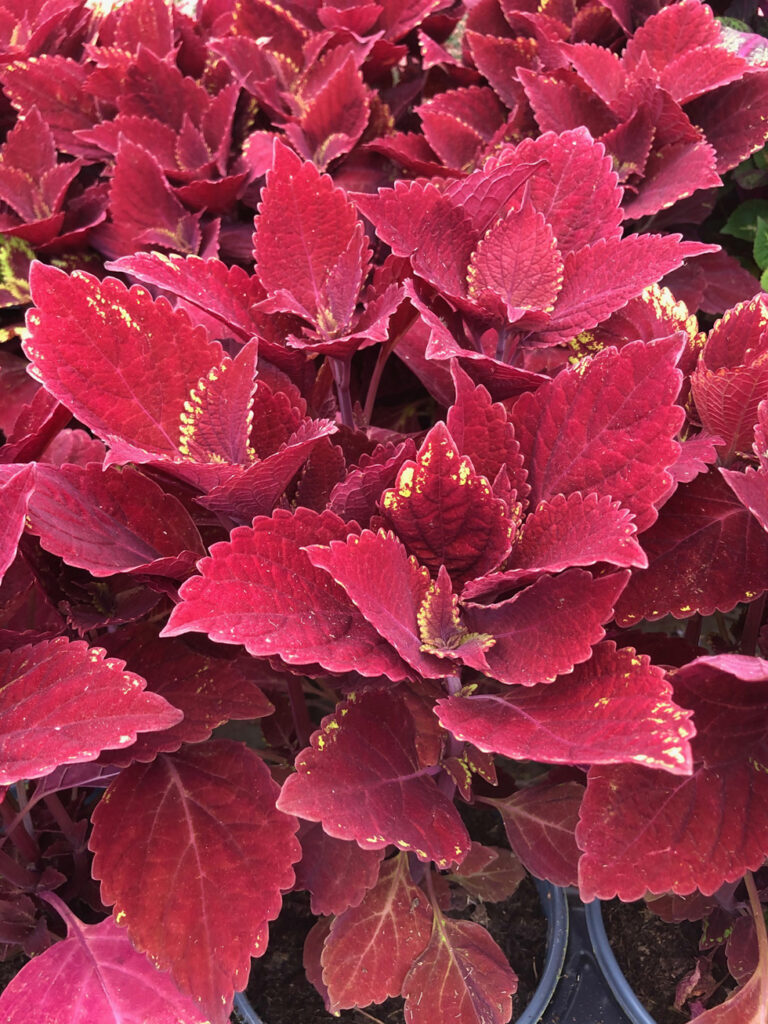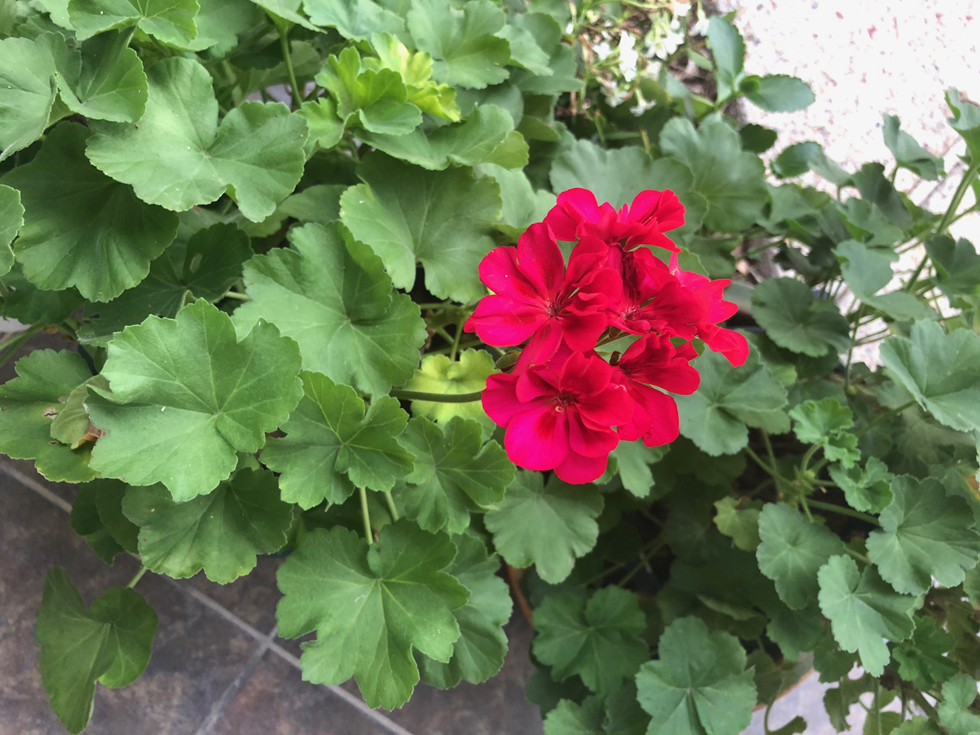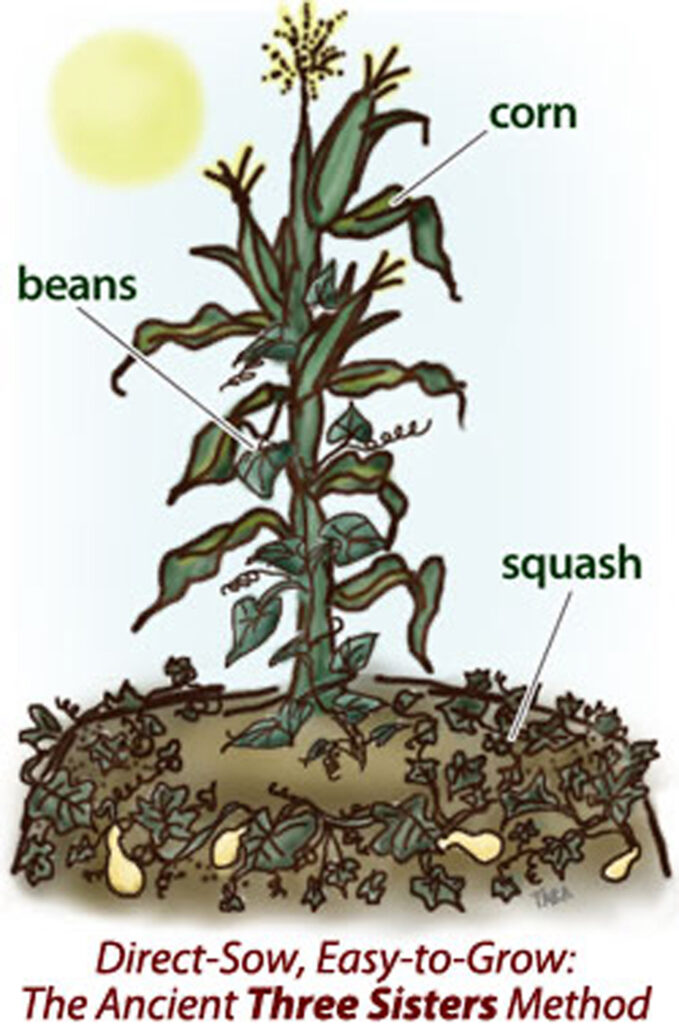- La Feria Community Holds Succesful Business Mixer Event
- Little Nashville to Take Place in Downtown Mercedes
- Lions Basketball Captures District Gold
- La Feria ISD Students Compete in Regional Chess Tournament
- Lions End First Half of 32-4A on a High Note
- La Feria ISD Held Another Successful Parent Conference
- Strong Appearance for Lions at Hidalgo Power Meet
- LFECHS Students Get to Meet Local Actress
- Students Participate in Marine Biology Camp
- Two LFECHS Students Qualify for All-State Band
Understanding ‘companion planting’ is important to a successful garden
- Updated: July 9, 2020

By ANN JOHNSTON
LFN
While it’s too hot to work outside for very long, this is the time to plan your gardens and flower beds for fall. Be aware, however, that some plants don’t like to live close to others. Meanwhile, others enjoy certain friendships and find mutual benefits. Learning and planning for who likes whom for neighbors in a pot or plot could save you a lot of effort later.
This is called “companion planting.” The most famous combination is the Native American “Three Sisters” — corn, beans and squash. The corn stalks provide support for the beans to climb. The big, wide leaves of the squash (or pumpkin) gives the surrounding soil some shade to retain moisture and retard weeds. The beans also convert nitrogen in the air into nitrogen for the soil.

Suggestions: Other companion plantings attract beneficial insects or repel harmful ones.
• Plant flowers and flowering herbs to attract pollinators. Sweet alyssum, which is very short, can be placed around edges to attract hoverflies that devour aphids. The flowers of dill, fennel and basil attract pollinators that squash, tomatoes and melon require in order to make fruit. Nasturtiums, garlic, basil, chives and cilantro have strong scents that repel insects. Plant geraniums with your roses for this reason.
• “Intercropping” is another way to use companion plants. Plant radishes with carrots. The radishes will grow quickly and be harvested. Then the carrots will have the room they require to grow larger and longer. They are also not competing for the same soil nutrients.
• Plant lettuce under tomatoes or eggplant. The taller plants will provide shade for the lettuce and extend the lettuce’s growing season.


Hints: Full sun/part sun; dry or moist— many trees and shrubs have a preference. Weeping willows and cypress trees prefer getting their roots damp. Your bougainvillea won’t bloom well with a sprinkler system. It likes to get fairly dry before being watered. During a long dry season followed by rain, the seemingly neglected bougainvilleas will be gorgeous.
• Bedding plants, be it annuals or perennials, have lighting preferences. Coleus traditionally like mostly shade. New types claim to enjoy being in full sun. But remember that being subtropical means we are closer to the sun, so be careful choosing locations.
Watch for: Some areas of your lawn and flower beds might not get enough water from sprinkler systems. Other areas like those close to hot street pavement probably need extra help. Watch for these areas and give them extra water.
• Be sure to keep standing water emptied to prevent mosquitoes.
Come through the Garden Gate to find more things to watch for, hints and suggestions.


